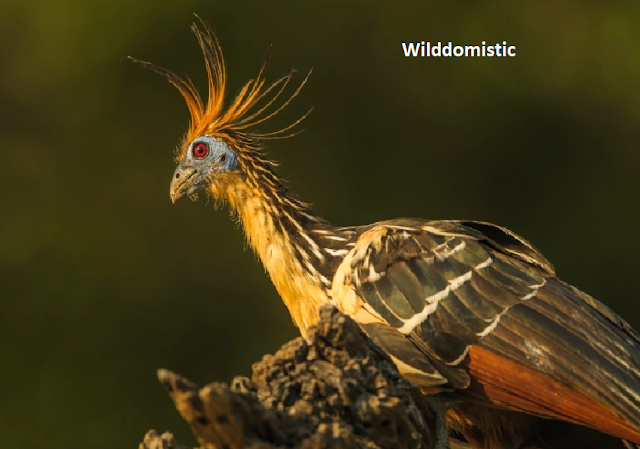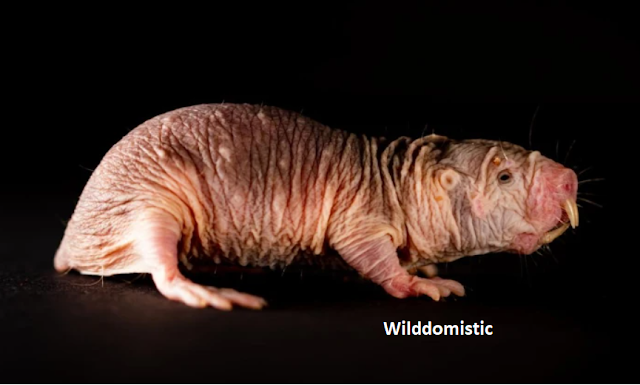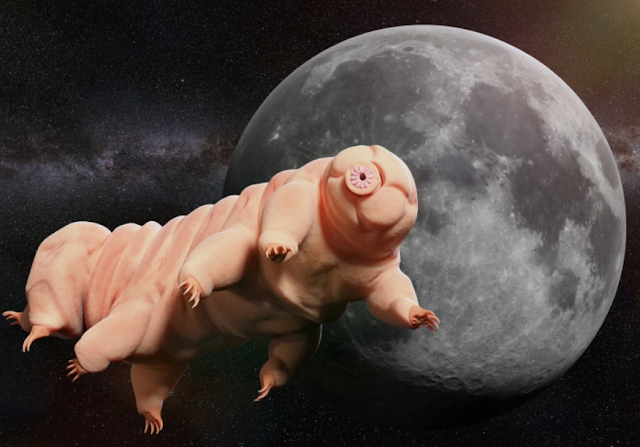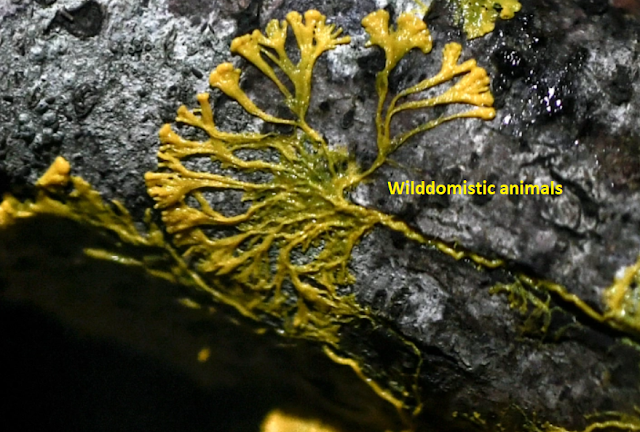The most bizarre animals that interest scientists
During the latter part of this century, scientists and researchers discovered a group of animals of different shapes that are threatened with extinction, although some animals cannot be imagined what they are, and they are real creatures that live with us in nature.
The 10 most bizarre animals that interest scientists:
chicken seagull 🐦🐦;
The chicken seagull "Felmar" is known for its stinky scent, as well as the foul scent of its eggs, which has not scattered despite the entry of 100 a long time in a normal history gallery in Britain. With this fragrance, he drives absent his foes, counting people. But the scent may not be sufficient to drive absent all adversaries, particularly those with a frail sense of smell.
Regenerating salamander (Axolotl);
This little Mexican native animal that lives all its life within the water contains a bizarre face with a bushy bump behind its head speaking to the gills, and most of the time it remains within the larval state, without transforming into its grown-up frame, even though this does not avoid it from reproducing.
This animal moreover has regenerative capacities that caught the attention of the logical community. It is said that it regenerates almost everything in its body; He rejuvenates the appendages, heart, lungs, jaw, and eyes, indeed recreating part of his brain on the off chance that damaged, all without scars. This animal regenerates each organ that has been harmed, if not fatal. It is therefore important to analysts fascinated by the human body's capacity to repair itself but is shockingly endangered in its natural environment.
The rodent that lives like the ant "Heterocyval 🐜🐜";
This is the animal we referred to in the title "Heterocephal", which suggests that its head is unpredictable in shape, but most individuals call it (naked mole rat), since it is smooth, and it is almost hard of hearing and blind, but it has a few amazing characteristics, the foremost important of which is its way of life because it lives in colonies in tunnels, With a really strict social progression and beneath the authority of a ruler, which means that it is closer to the organization known to most insects. The mole encompasses a dialect or dialects like chirping, and recent thinks have appeared that each colony has its claim tongue, and the mother chooses which language will be talked in her colony. The mouse has another astonishing highlight. It could be a cold-blooded warm-blooded creature that does not feel most shapes of torment. It is additionally able to outlive in nearly oxygen-free situations by "changing into a plant", or more absolutely by carrying on within the same way that plants do.
A bear whelp on the moon 🐛🐛;
This animal was exchanged to the Worldwide Space Station, and it was considered, and it is found all over the planet, and an Israeli test containing a couple of thousand of it slammed on the surface of the moon in April 2019, and these animals likely survived.
Indeed in the case of a state of hibernation. Although infinitesimal, the teddy bear cub has colossal capacities. It could be a moderate gaiter and can survive the vacuum of space, temperatures close outright zero, bubbling water, perilous radiation, and effective effects such as those of a rifle bullet.
This life form can survive in threatening situations because it solidifies totally and after that returns to life, but then as it were negative is that worldwide warming will be destructive to it, as a gather of researchers from the College of Copenhagen appeared that water bears don't like tall temperatures for periods of a long time...,






Enregistrer un commentaire